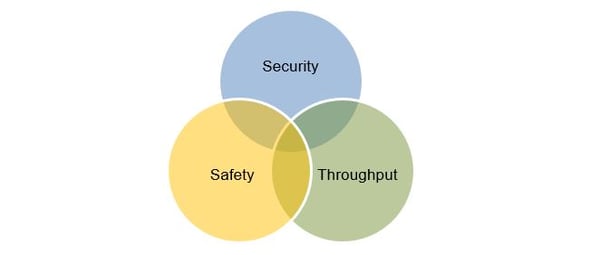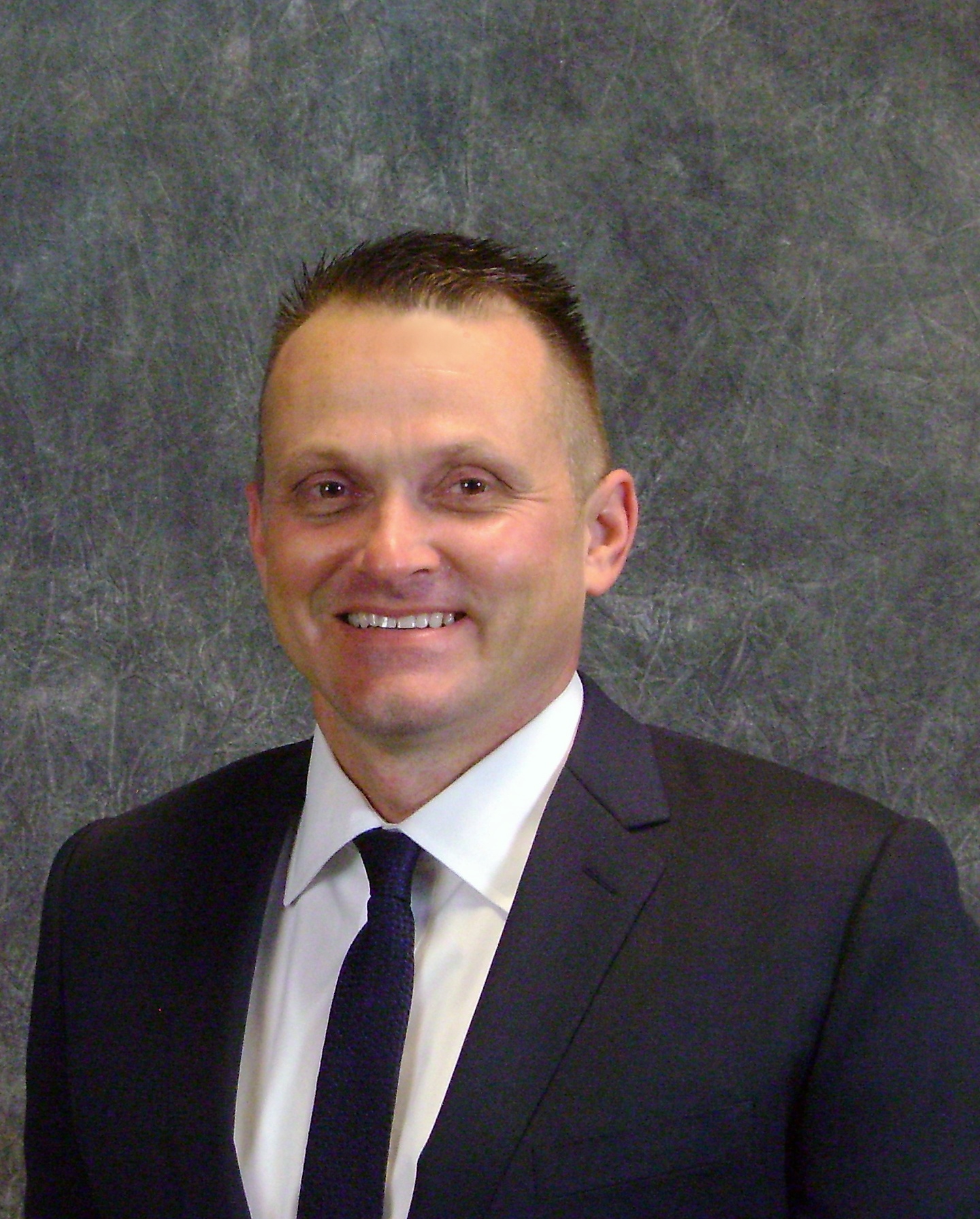Turnstiles and security revolving doors are designed to work smoothly and seamlessly so that people can walk through them without ever coming into unwanted contact with the barriers. When people are well-trained, which is a necessary component of a successful implementation, security entrances are very effective at mitigating potential catastrophic loss of property, life, continuity, etc. as part of an overall physical security plan.
Managing Barrier Contact
However, there is something to think about, now, before you install any type of security entrance. All automatic entrance types have barriers that move: they swing, rotate, slide or drop. When people pass through moving barriers, there is the chance of contact and potential injury.
The good news is that today’s security entrances come equipped with advanced sensor technology that is placed strategically and tested rigorously to prevent contact. Nevertheless, it is still possible that contact can happen in some rare circumstances and this must be managed/mitigated as much as possible.
How Barrier Contact Happens
How does contact happen?
Sometimes people are distracted or rushing, and they might present their driver’s license instead of their proximity card and walk right into the barriers. Or, they are talking on the phone or texting and not looking at what the barriers are doing - in a security revolving door, a person is on the phone and tailgates into the door’s compartment, after an authorized user; the door senses they are an intruder and stops rotating and the user walks into the glass of the door wing.
A highly-encrypted card reader takes a fraction of a second longer than anticipated to read someone’s credentials. The barrier will also take a fraction of a second longer to open and the person may walk into the barrier before it has actually opened..jpg?width=600&name=SL%20Swing_Liberty%20Global_The%20Netherlands%20(7).jpg)
If a person rushes into an optical turnstile lane to tailgate behind an authorized user, there could be contact depending on the timing. The barrier may simply close right in front of them or they might close into them from the sides (sliding barriers).
These things do happen. So what can you do about it?
Balancing Security, Safety and Throughput
Barrier contact is something that you clearly want to avoid. So how? The key is finding a balance between the security and safety level you need, as well as an entry throughput level that works for you. If you look at the diagram below, you’ll see that it depicts the relationship between Security, Safety and Throughput when it comes to deploying a security entrance. You want to find your “sweet spot” where you’ve addressed all three to the best degree possible; this is shown as the point where the circles overlap.
Here are some extreme examples that describe the outer parts of each circle in the diagram:
- If you wanted only Safety - then barriers would only move very slowly and err on the side of caution and open, even for intruders, to avoid contact.
- If you wanted only Security - then barriers would close no matter what to stop people from getting in. There could be contact in this situation and a higher number of rebuffed users.
- If you wanted only Throughput – then entrances would operate rapidly...there may not be a pile-up, but there could be contact...or someone could sneak through.
With careful analysis of your needs, you can find the best balance between Safety, Security and Throughput. While they are all important, each deployment is unique and there are specific products and settings that work best to optimize every situation. Above all, whenever possible, training occupants on the correct usage of the security entrances can help minimize mistakes that could cause any issues – enabling you to maximize all three of these important factors.



